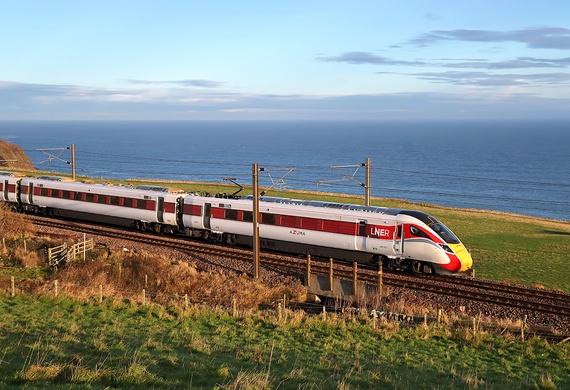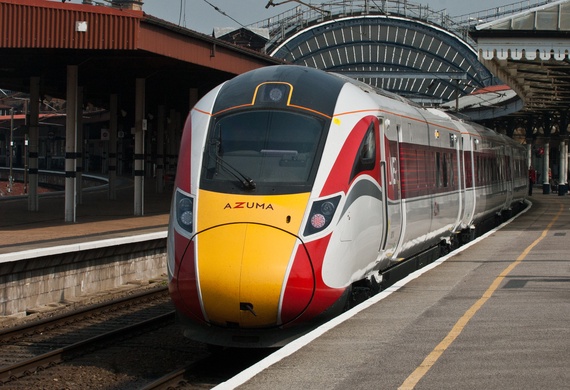Evaluating the system capability of the East Coast Main Line
Supporting the May 2022 timetable development process with stochastic simulations
The East Coast Main Line is one of the key arteries of the eastern part of Great Britain. It connects London to Edinburgh via Peterborough, Doncaster, York, Darlington, Durham and Newcastle, with more than 10 operators using its line tracks.
In this project, several May 2022 timetable drafts were simulated and compared with the baseline timetable of December 2019, the last pre-pandemic service level. The May 2022 timetable has approximately 4500 trains per day and the modelling effort was concentrated around the London to Alnmouth section. We adopted a subarea modelling approach to focus on the core network sections.
The main subareas modelled were:
- London King’s Cross to Peterborough with a focus to the Digswell viaduct, which is one of the main line bottlenecks having a four track section converging into a two track section.
- Doncaster - Leeds - York, which required modelling the Leeds node and its complex station layout.
- Newcastle area.
Numerous timetable drafts were simulated to fine-tune the service offer for May 2022. By using stochastic simulations the timetables were tested under a variety of input delays showing how major nodes, such as Peterborough, Doncaster, York and Newcastle, play an important role in service stability.
Our tasks:
- Operations analysis
- Timetable refinement
- Microscopic simulation model calibration
- Microscopic stochastic simulation
- 2020/09 - 2020/11
- UK
- Network Rail
- Timetable Planning, Integrated Service and Infrastructure Planning
- TRENOplus, TRENOanalysis, trenissimo




